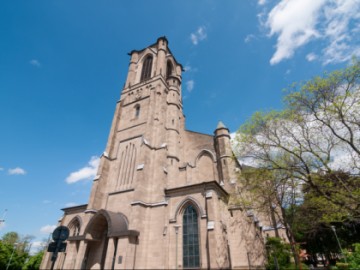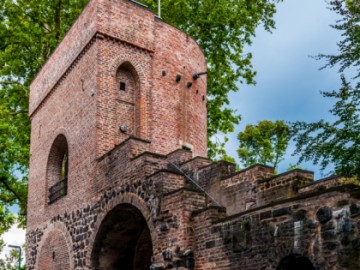Neuss: the oldest German city and capital of marksmen
Neuss exists in the shadow of Düsseldorf with only 5 km between them. However you shouldn’t underestimate this city. History of Neuss started over two thousand years ago. From Medieval Ages pilgrims have thronged here for the relics of a Christian martyr Quirinus. And every August over million of spectators come for a marksmen festival. This celebration is famous for bright parades and a tournament for the title of the king of marksmen.
See all
Restaurants

Im Dom
Restaurant • Brewery • Banquet room • Catering
+49 2131 275599
Payment methods:

La Bruschetta Due
Biergarten • Trattoria • Catering
+49 2131 50544
Payment methods:

Solevino
Restaurant • Catering
+49 2131 959941
Payment methods:

Thai Royal
Restaurant • Catering
+49 2131 7187007
Payment methods:
All sights in NeussSee all
Landmarks in the city Neuss

St. Quirinus Basilica
Architectural Monuments

Virgin Mary Church
Architectural Monuments

Obertor, southern city gate of Neuss: 800 years of history
Architectural Monuments • Museums and Exhibitions

Blood Tower
Architectural Monuments

“The Globe” Theatre
Parks and recreation

The Tavern “Black Horse”
Parks and recreation • Other places
Nearby










 Parks and recreation
Parks and recreation
 Museums and Exhibitions
Museums and Exhibitions
 Architectural Monuments
Architectural Monuments
 Other places
Other places